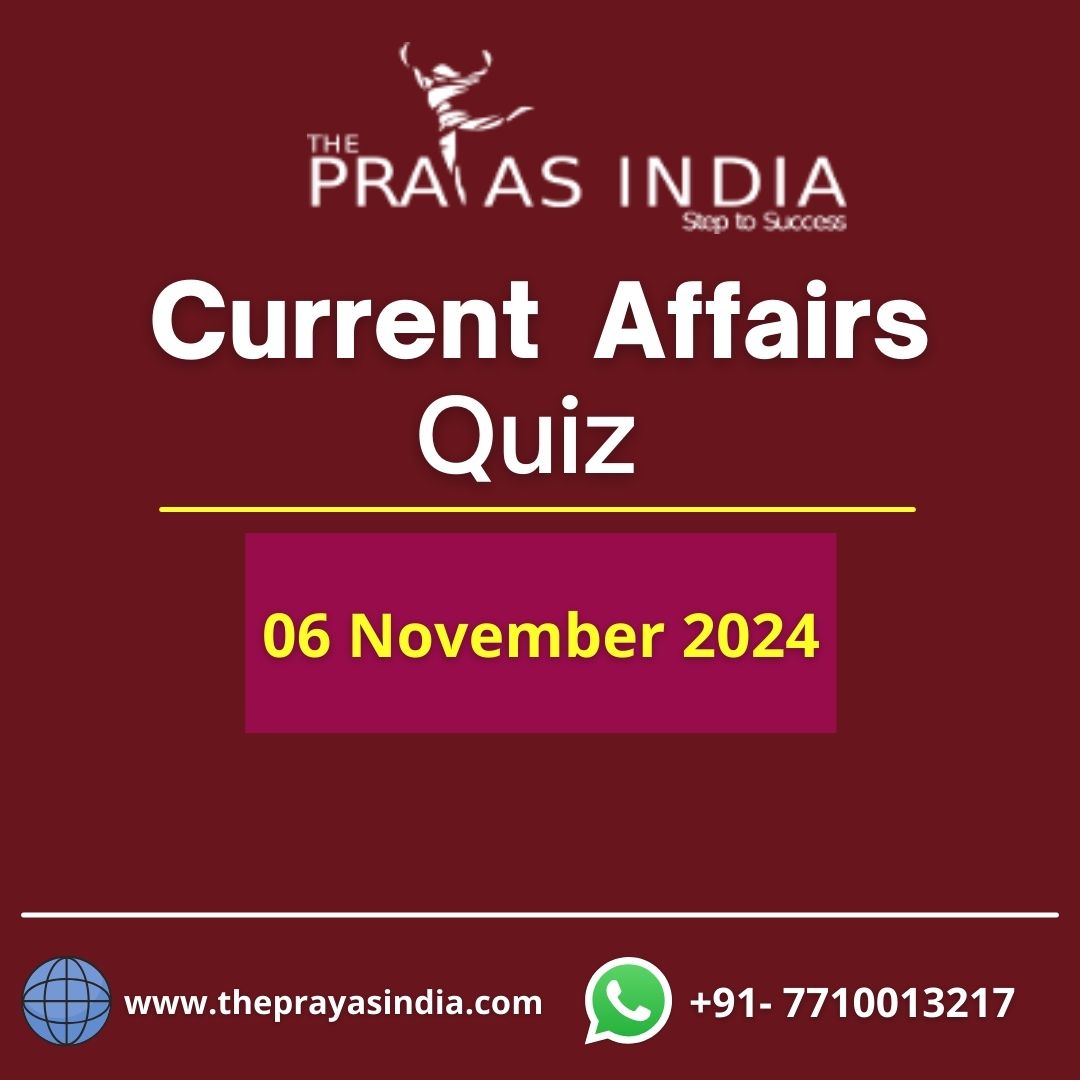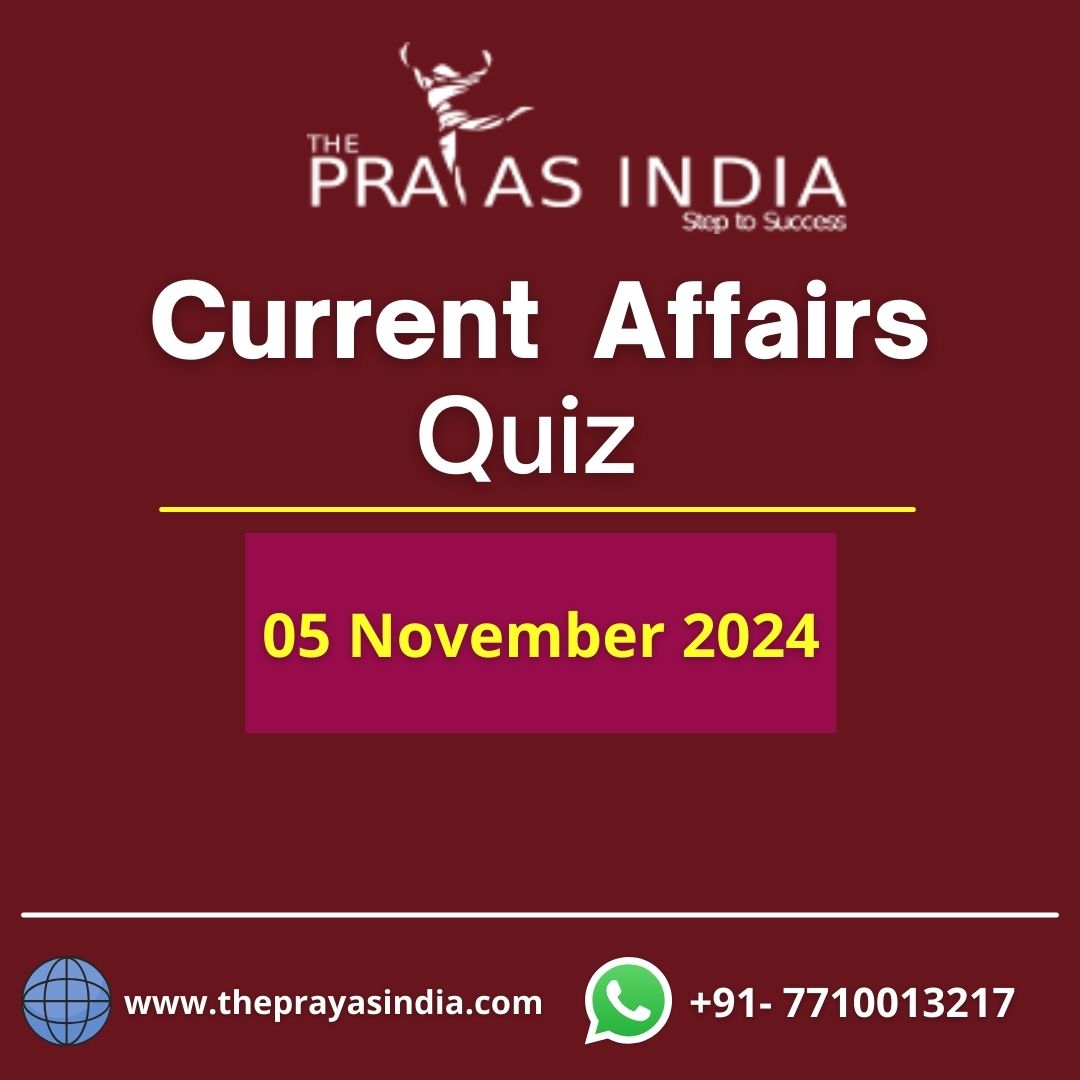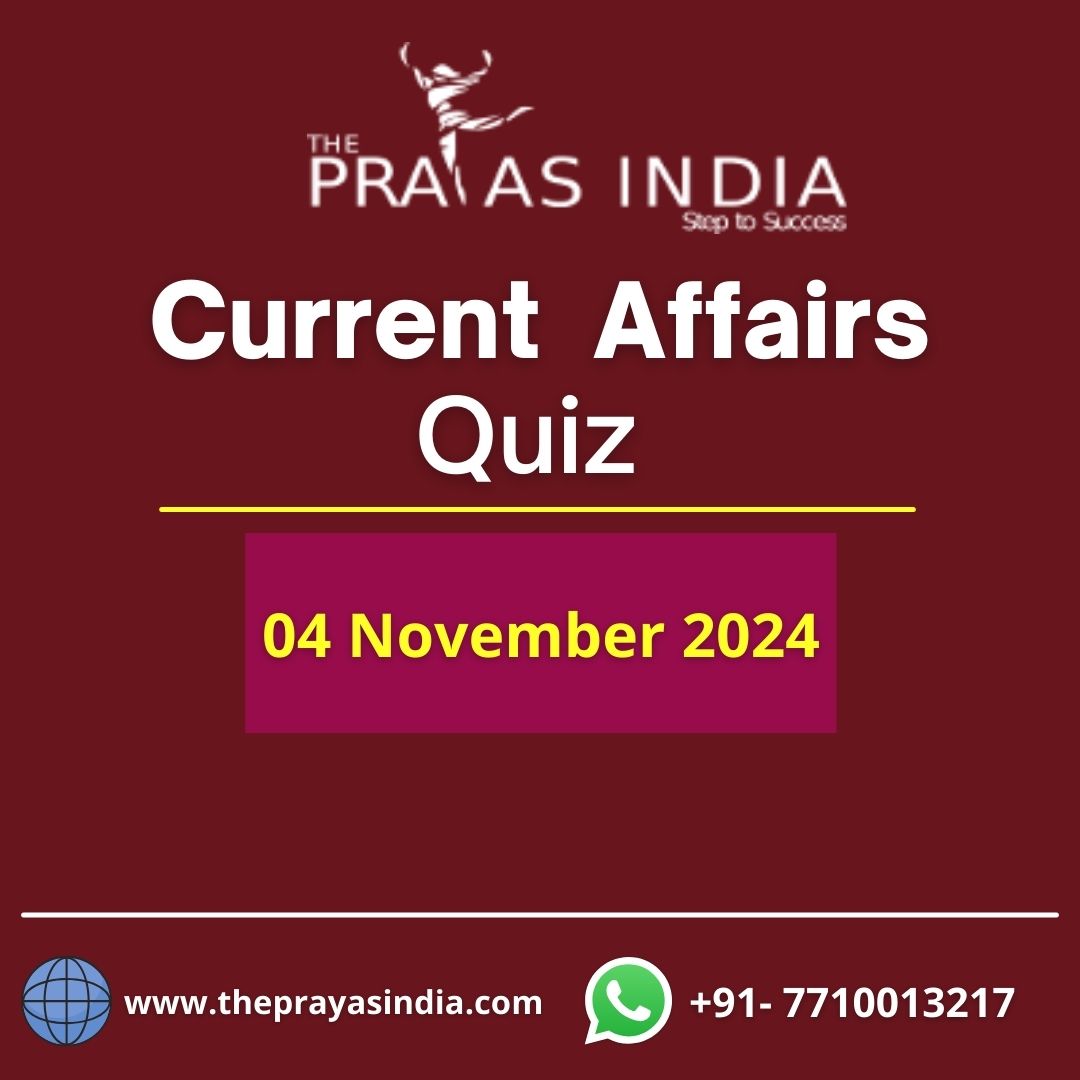Q1. With reference to the Supreme Court’s ruling on the maintenance rights of divorced Muslim women, consider the following statements:
- The Supreme Court’s judgment in the case of Mohd Abdul Samad v. the State of Telangana, 2024, upheld the application of Section 125 CrPC to divorced Muslim women.
- The Muslim Women (Protection of Rights on Divorce) Act, 1986, was enacted as a direct response to the Supreme Court’s decision in the Mohd. Ahmad Khan vs. Shah Bano Begum case of 1985.
- The 1986 Act provides that divorced Muslim women are only entitled to maintenance during the iddat period and not beyond.
How many of the above statements are correct?
Only one
Only two
All three
None
Ans: (b)
Explanation:
- Statement 1: The Supreme Court, in the case of Mohd Abdul Samad v. the State of Telangana, 2024, upheld the application of Section 125 CrPC to divorced Muslim women, reaffirming their right to claim maintenance under this secular provision. Therefore, statement 1 is correct.
- Statement 2: The Muslim Women (Protection of Rights on Divorce) Act, 1986, was indeed enacted in response to the Supreme Court’s decision in the Mohd. Ahmad Khan vs. Shah Bano Begum case of 1985, which applied Section 125 CrPC to all women, irrespective of religion. Thus, statement 2 is correct.
- Statement 3: The 1986 Act entitles divorced Muslim women to a reasonable and fair provision and maintenance within the iddat period. However, subsequent judicial interpretations, including the Danial Latifi & Another vs Union Of India case, have extended the right to maintenance until they remarry, beyond the iddat period. Therefore, statement 3 is incorrect.
Q2. Consider the following statements about the Muslim Women (Protection of Rights on Divorce) Act, 1986:
- It mandates the return of properties given to the woman at the time of marriage.
- It allows First Class Magistrates to handle matters of Maher and subsistence allowances.
- The Act includes a non-obstante clause that restricts the application of Section 125 CrPC for Muslim women.
Which of the above statements is/are correct?
1 and 2 only
2 and 3 only
1 and 3 only
1, 2 and 3
Ans: (a)
Explanation:
- Statement 1: The Muslim Women (Protection of Rights on Divorce) Act, 1986, does mandate the return of properties given to the woman at the time of marriage. Therefore, statement 1 is correct.
- Statement 2: The Act assigns the authority to First Class Magistrates to handle matters related to Maher and subsistence allowances, as stated in Sections 3 and 4. Therefore, statement 2 is correct.
- Statement 3: While the Act includes a non-obstante clause, it does not restrict the application of Section 125 CrPC. Instead, it provides an additional remedy. The Supreme Court has affirmed that Section 125 CrPC applies universally, including to divorced Muslim women. Therefore, statement 3 is incorrect.
Q3. With reference to the 22nd India-Russia Annual Summit, consider the following statements:
- Prime Minister Narendra Modi was awarded Russia’s highest civilian honor, the “Order of Saint Andrew the Apostle.”
- A new bilateral trade target of USD 100 billion by 2030 was set during the summit.
- The summit included discussions on the establishment of joint ventures for defense technology production in India.
How many of the above statements are correct?
Only one
Only two
All three
None
Ans: (c)
Explanation:
- Statement 1: Prime Minister Narendra Modi was indeed awarded Russia’s highest civilian honor, the “Order of Saint Andrew the Apostle,” during the 22nd India-Russia Annual Summit. This award recognizes his efforts in promoting strategic partnership and friendly relations between Russia and India. So, 1 is correct.
- Statement 2: During the summit, a new bilateral trade target of USD 100 billion by 2030 was indeed set, surpassing the previous target of USD 30 billion by 2025. So, 2 is correct.
- Statement 3: The summit included discussions on the establishment of joint ventures for the production of advanced defense technology in India under the Make-in-India program. So, 3 is correct.
Q4. Consider the following statements regarding the economic cooperation between India and Russia as discussed in the 22nd India-Russia Annual Summit:
- India and Russia agreed to develop a comprehensive “Programme-2030” for economic cooperation.
- Russia and India are negotiating a Free Trade Agreement between India and the European Union.
- Russian businesses are encouraged to participate in India’s “Make in India” and “Atmanirbhar Bharat” programs.
Which of the above statements is/are correct?
1 and 2 only
2 and 3 only
1 and 3 only
1, 2 and 3
Ans: (c)
Explanation:
- Statement 1: India and Russia agreed to develop a comprehensive “Programme-2030” for promising areas of economic cooperation. This program is coordinated by the India-Russia Intergovernmental Commission on Trade, Economic, Scientific, Technical, and Cultural Cooperation (IRIGC-TEC). So, 1 is correct.
- Statement 2: India and Russia are negotiating a Free Trade Agreement, but it is between India and the Eurasian Economic Union, not the European Union. So, 2 is incorrect.
- Statement 3: Russian businesses are indeed encouraged to participate in India’s “Make in India” and “Atmanirbhar Bharat” programs. So, 3 is correct.
Q5. With reference to the criteria for granting classical language status in India, consider the following statements:
- The language must have recorded history spanning 1,500-2,000 years.
- The language must have borrowed its literary tradition from another speech community.
- The classical language and literature must be distinct from its modern form.
How many of the above statements are correct?
(a) Only one
(b) Only two
(c) All three
(d) None
Answer: (b)
Explanation:
- Statement 1 is correct. The language must have high antiquity of early texts/recorded history spanning 1,500-2,000 years.
- Statement 2 is incorrect. The language must possess an original literary tradition not borrowed from another speech community.
- Statement 3 is correct. The classical language and literature must be distinct from its modern form.




